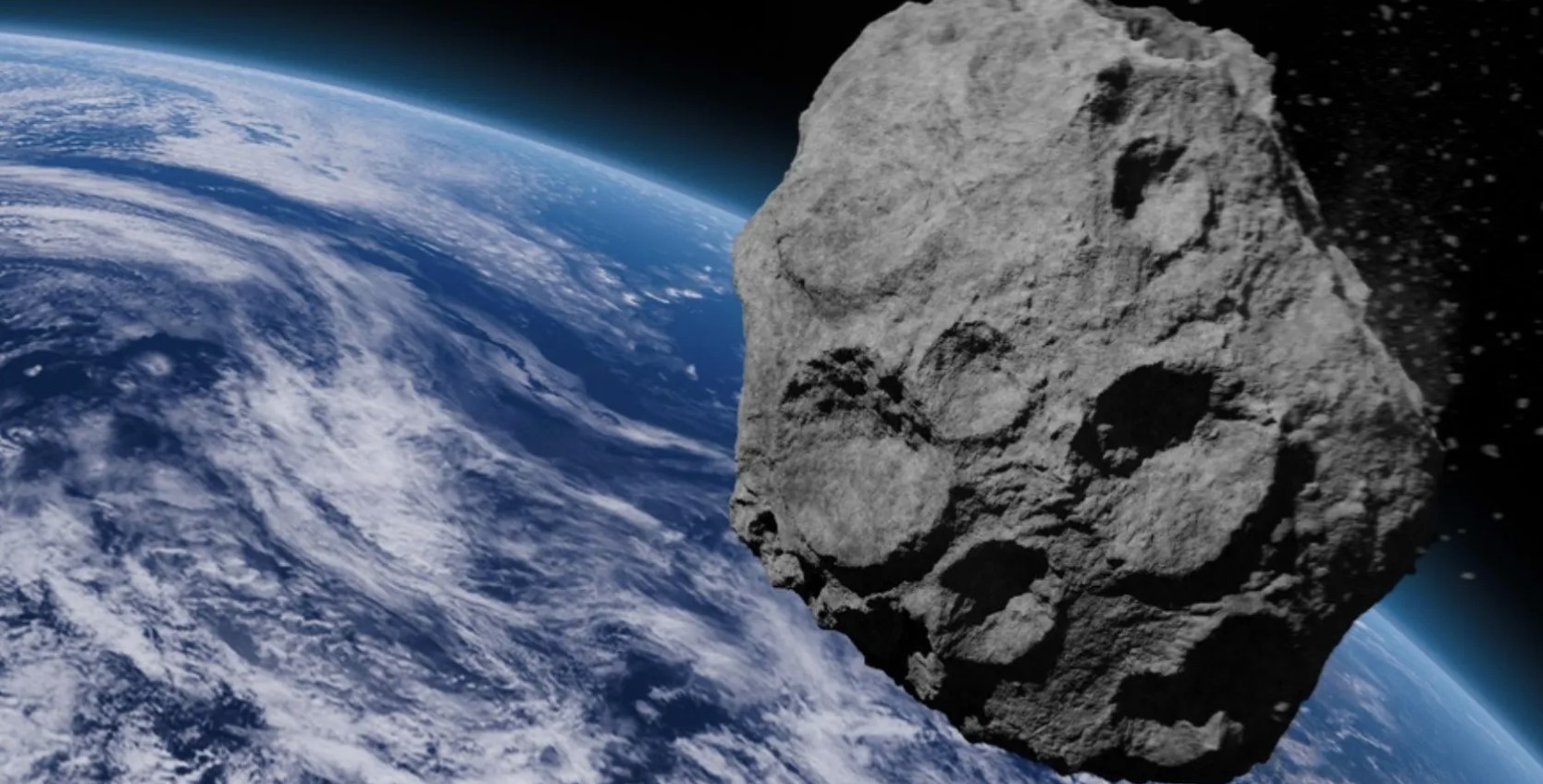Initially estimated at a 1% chance, the likelihood now stands at 2.3% for a potential impact on December 22, 2032. This revelation has intensified global monitoring and discussions on planetary defense strategies.
Discovery and Characteristics of asteroid 2024
Astronomers first detected asteroid 2024 YR4 on December 27, 2024, using the Asteroid Terrestrial-impact Last Alert System (ATLAS) in Chile. The asteroid measures between 130 and 300 feet in diameter, comparable to the size of a football field. On Christmas Day 2024, it passed within 500,000 miles of Earth, a proximity that allowed for detailed observation.
Increased Impact Probability
Recent calculations have raised the asteroid’s impact probability from 1% to 2.3%. While this percentage remains low, it is considered uncommon and significant enough to warrant attention. Davide Farnocchia, a navigation engineer at NASA’s Jet Propulsion Laboratory, emphasized the rarity of such a high probability, noting that most near-Earth objects have a zero or negligible chance of impact.
In response to the increased risk, international space agencies have ramped up monitoring efforts. Observations from ground-based telescopes are ongoing and will continue until April 2025, when the asteroid becomes too faint to track. Notably, the James Webb Space Telescope is scheduled to observe 2024 YR4 in March, aiming to refine estimates of its size and trajectory.
Potential Impact Zones
Should an impact occur, projections indicate it could happen along a corridor spanning the eastern Pacific Ocean, northern South America, the Atlantic Ocean, Africa, the Arabian Sea, and South Asia. The exact location remains uncertain and will depend on further trajectory analyses.
Asteroids of similar size have caused significant localized damage in the past. For instance, the 2013 Chelyabinsk meteor, approximately 66 feet wide, exploded over Russia, injuring over 1,500 people and damaging numerous buildings. An impact from 2024 YR4 could release energy hundreds of times greater than the Hiroshima bomb, potentially devastating a city and its surroundings.
The European Space Agency (ESA) and NASA are collaborating closely to assess the threat. The asteroid currently holds a rating of 3 on the Torino Impact Hazard Scale, the highest of any object on NASA’s Sentry risk list. This rating indicates a situation meriting attention from astronomers and the public.
China has also announced the formation of a planetary defense team to join global efforts in monitoring and potentially mitigating the threat posed by 2024 YR4. Proposed deflection methods include kinetic impactors—spacecraft designed to collide with the asteroid to alter its course—and, as a last resort, nuclear detonations near the asteroid to change its trajectory.
While the probability of a collision remains low, the potential consequences of an impact are severe. Continued observations and international collaboration are essential in refining impact predictions and developing effective defense strategies. As more data becomes available, scientists hope to either confirm the risk or rule out the possibility of an impact in 2032.













